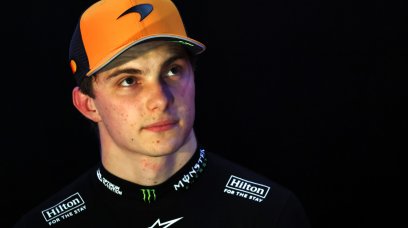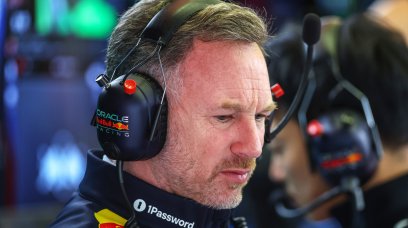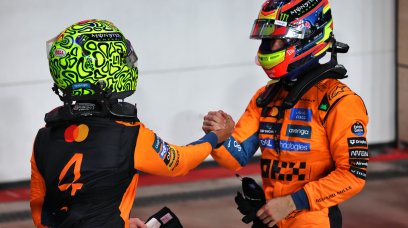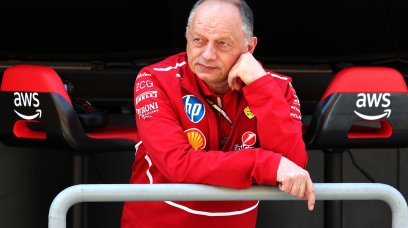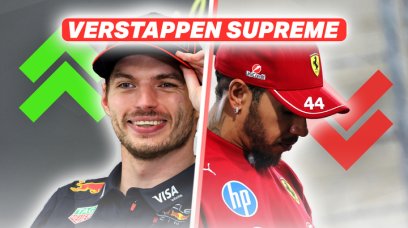Sunday's Dutch Grand Prix is, on paper, set to be a straightforward strategic battle between Mercedes and Red Bull Racing, with the main players all starting on the Soft tyres they used in the Q2 session. Max Verstappen, who starts from pole position, will have to make a choice between a one-stop or a two-stop strategy – it's likely to be a one-stop strategy similar to Monaco, due to the difficulty in overtaking around the narrow and twisty Zandvoort circuit. And given Mercedes' relative pace to his Red Bull, a decision to swap to a two-stopper mid-race is something that could be quickly responded to by Mercedes, assuming one of their cars gets track position over the Dutch driver. But with Verstappen seemingly being certain to favour a one-stop strategy, it means Mercedes can use differing strategies with both of their cars. The second Red Bull is nowhere near the front after a poor qualifying from Sergio Perez, meaning Verstappen will have to worry about one of the Mercedes cars going for a two-stop strategy, as the championship leaders have the luxury of splitting their strategies and hoping one of them manages to get in front of the Red Bull. Pirelli say there's little difference, in terms of race time, between a one- and two-stop strategy, but that a one-stop is the preferred option due to the difficult in overtaking. However, track temperatures could result in higher than expected tyre degradation and force the teams into a two-stop strategy. Pirelli are expecting the lead drivers to do an opening stint on the Soft tyre, followed by a long stint on the Hard tyre. The Medium tyre isn't preferable for the second stint for one-stoppers, with Pirelli saying this choice would be marginal on making it to the end. However, all of these strategic gambles may be rendered obsolete if a Safety Car or red flag is shown. There have been incidents requiring stoppages in every session so far this weekend, with plenty of issues and crashes that, due to the track's layout, have resulted in damaged cars sitting in dangerous locations. A Safety Car, at least, is therefore quite likely and may give the drivers a chance to take a risk on strategy by making decisions based on the timing of the race being neutralised. "It was a bit of a stop-start qualifying session, in keeping with what we have seen during most of the sessions here so far, with two red flags in Q2 and a few surprises throughout," said Pirelli's Mario Isola after qualifying. "There was plenty of track evolution seen in qualifying, with the fastest times coming right at the end of each session – so this had a clear impact on the qualifying strategy, with teams trying to set their times as late as possible. "In terms of race strategy, everything is still somewhat open, with both a two-stopper and one-stopper possible. However, the teams will want to focus on a one-stopper if they can, which is achievable using either the Medium or the Soft tyre to start, followed by a final stint on the Hard. "Without a lot of prior information to fall back on, there's also scope for drivers to gamble on doing something different – which might just pay off."
Most read
